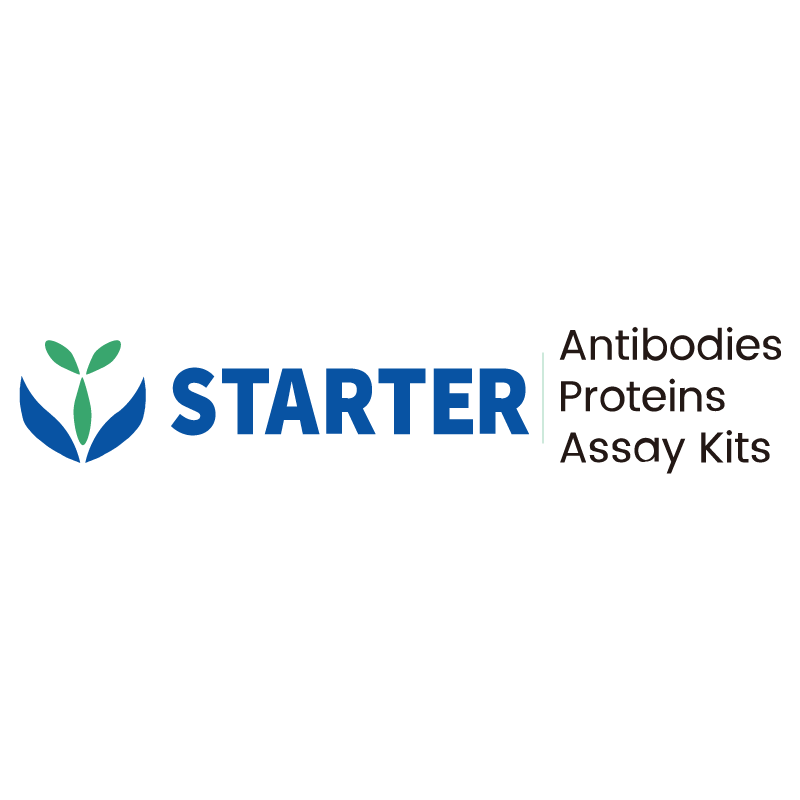Flow cytometric analysis of C57BL/6 mouse bone marrow labelling Mouse CD163 antibody at 1/200 (1 μg) dilution/ (Right panel) compared with a Rat IgG2a, κ Isotype Control / (Left panel). Goat Anti-Rat IgG FITC was used as the secondary antibody. Then cells were stained with CD11b - Brilliant Violet 421™ Antibody separately.
Product Details
Product Details
Product Specification
| Host | Rat |
| Antigen | Mouse CD163 |
| Location | Cell membrane |
| Accession | B7ZMW6 |
| Clone Number | S-R608 |
| Antibody Type | Rat mAb |
| Isotype | IgG2a,k |
| Application | FCM |
| Reactivity | Ms |
| Positive Sample | C57BL/6 mouse bone marrow |
| Purification | Protein G |
| Concentration | 2 mg/ml |
| Conjugation | Unconjugated |
| Physical Appearance | Liquid |
| Storage Buffer | PBS pH7.4 |
| Stability & Storage | 12 months from date of receipt / reconstitution, 2 to 8 °C as supplied. |
Dilution
| application | dilution | species |
| FCM | 1:200 | Ms |
Background
CD163 is a type I membrane protein primarily expressed on the surface of monocytes and macrophages and belongs to the scavenger receptor cysteine-rich (SRCR) superfamily. It plays a crucial role in regulating immune responses and clearing heme proteins. CD163 binds to haptoglobin-hemoglobin complexes, facilitating iron recycling and protecting tissues from oxidative damage. As a marker of M2-type macrophages, CD163 is associated with anti-inflammatory functions by inhibiting the production of pro-inflammatory cytokines. In pathological conditions, the expression levels of CD163 are linked to various diseases, including inflammatory disorders, cancer, and viral infections. Soluble CD163 (sCD163) is often used as a biomarker for disease monitoring and assessment.
Picture
Picture
FC


